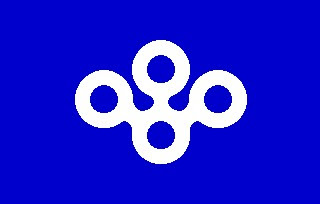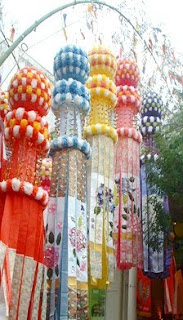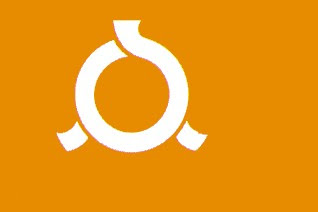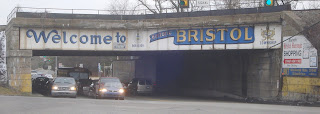Flag of Osaka

Osaka and Fukuoka make a good pair. Again they match by background colour - blue. They both have circular white icons in the center. The emblem of Fukuoka is a white plum flower. I'm not exactly sure what Osaka's symbol is supposed to be? Maybe of stylized Primula Flower, since it is a prefectural symbol?
They have a geographic balance because they are at opposite ends of the inland sea of Japan. In the West is Fukuoka and in the East is Osaka. Subsequently the cities of Osaka and Kitakyushu in Fukuoka are famous for having bold business like acumen. The business is so bold that Osaka Businesses manifested the world first artificial island airport in 1994. Likewise the wealth of Fukuoka's Business Class allowed Kitakyushu to give birth to another artificial island airport in the Inland Sea of Japan back in 2006.
Flag of Fukuoka

Osaka and Fukuoka also have unique shapes. Most Japanese Prefectures look like blobs. But Fukuoka looks like a mushroom while Osaka is similar to a crescent moon.
I had the pleasure of living one year in Osaka and three years in Fukuoka - so I know both prefectures fairly well. I am an alumni of the Kansai Gaidai - Hirakata Campus in Osaka. I was also JET participant and was assigned to two high schools to teach at in Fukuoka Prefecture - Kurume Chikusui and Meizen.
Some baseball fans might recognize the name Hirakata, since they won the little league world series in 1999 - while I was in Japan I might add. And I'm from Pennsylvania. Another odd ball on top of that - also in 1999 Fukuoka won the Japanese World Series as the Fukuoka Daiei Hawks!

Kitakyushu certainly has an Osaka vibe. So what is an Osaka vibe? Osaka is famous for being not so neat, more open, bold, not afraid to wear wacky clothing and a bit more outspoken than your average Japanese person.
Fukuoka and Osaka are two Japanese prefectures that I also call home - if you bond with a place, and come back after a long time, it will feel like you're visiting a grandparents house or something like that.
Finally Osaka's flag used to be green, but then fate stepped in in 1984 and turned made it blue. Fukuoka's Flag also is the oldest prefectural flag in Japan - adopted in 1908!
CLICK HERE FOR PART 5
CLICK HERE FOR PART 1
CLICK HERE for a video on Japanese Prefecture Flag Twins



















